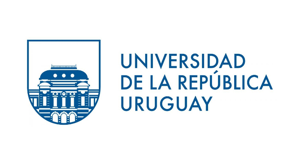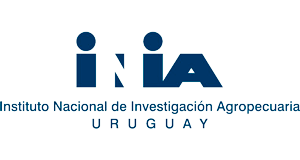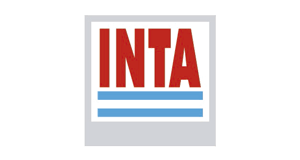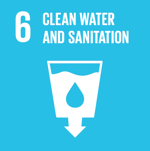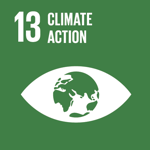Innovation platform for family livestock systems
Innovation platform for natural pasture grazing and the sustainability of livestock systems
Context of the story
Family livestock systems based on meat production in natural pastures constitute the majority of cattle farmers and rural populations of Uruguay and Entre Ríos (Argentina). The high levels of stocking rate and/or the absence of spatial-temporal management cause overgrazing and poor spatial distribution, which, in combination with climatic variation, contribute to low levels of consumption, energy balance and percentage and weight at calf weaning. These productive models with limited animal production and few contributions to ecosystem services are very vulnerable to climatic and economic changes, which limits the economic result and conditions the sustainability of family livestock farming.
Improve the management of pasture stocking rate in order to couple increases in the physical-economic income and environmental performance.
The implemented initiative
It was proposed to form an interdisciplinary and inter-institutional innovation platform that will work based on 4 components: 1) Experimental and farm quantification of changes in the grazing pattern, energy balance, functional types of plants and functional diversity of plots and commercial properties subject to changes in the supply of forage. 2) Use of mathematical models to study the effect of changes in the supply of forage on the processes that control primary and secondary production, efficiency of energy use and diversity of the natural field in family ranchers. 3) Application of a co-innovation approach. 4) Management of the innovation platform.
Regional Platform
The technological solution
A new conceptual model of natural pasture management at the farm and landscape scale based on an interdisciplinary and inter-institutional innovation platform to model the relationships between grazing intensity, secondary production, economic results, biodiversity and environmental performance of family farmers in Uruguay and Argentina.
Livestock systems in natural pastures are the main economic and social activity of agriculture in Uruguay and the Province of Entre Ríos, Argentina.
Results
Identification of management models of grazing intensity: Non-manager, Manager and Temporal Space Manager.
Definition and execution of protocols to evaluate the relationship between grazing intensity and environmental variables.
Modeling of the relationship between grazing intensity with forage production and selectivity.
Validation of the grazing intensity management models at the plot scale on the farms.

 Back to the project
Back to the project Uruguay
Uruguay Argentina
Argentina